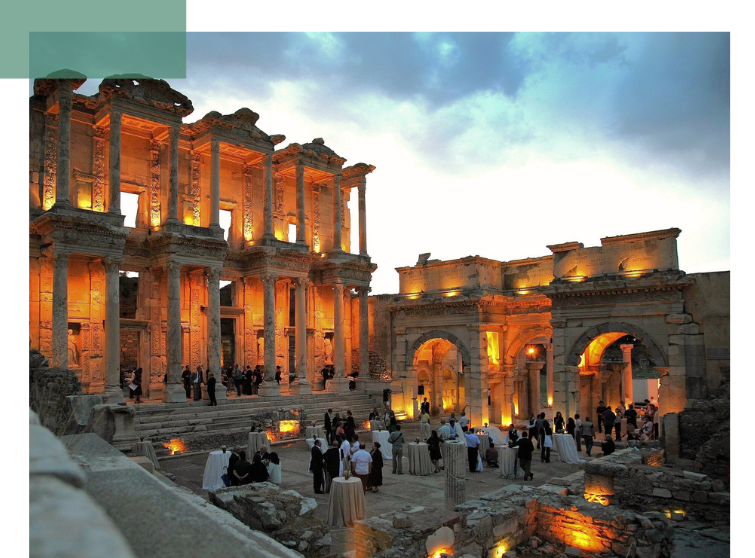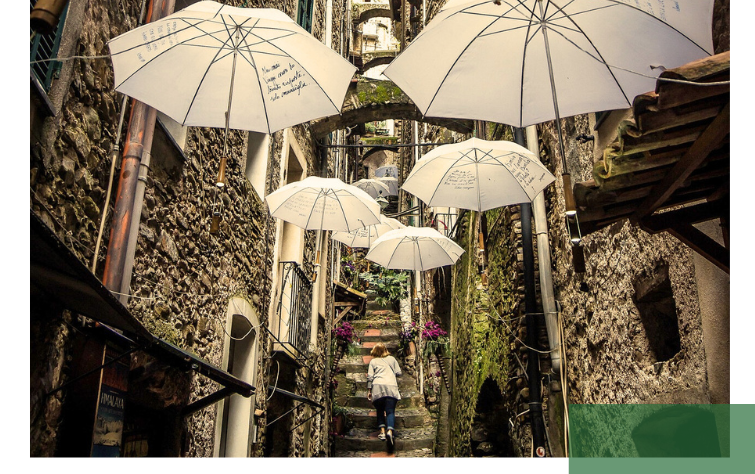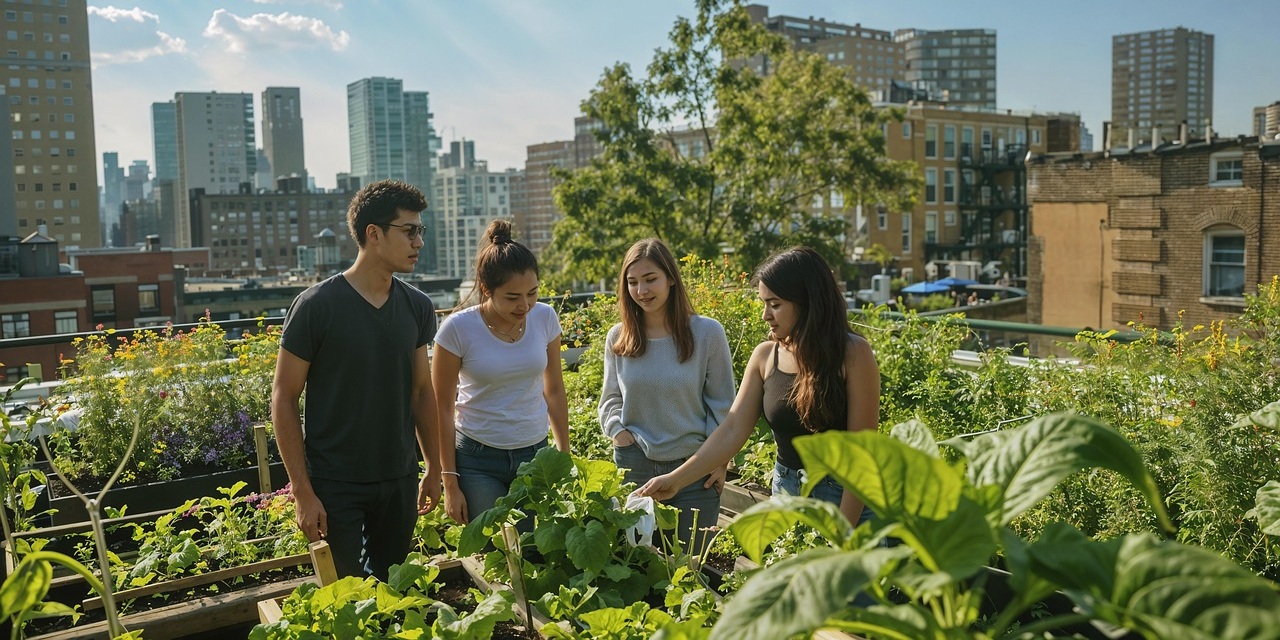Sustainably Connecting,
what moves people in cities.

…Events provide impetus – for sustainable, livable cities.
Urban life is vibrant – and events are at the heart of it. Trade fairs, congresses, concerts, pop-ups: cities are hubs for experiences and encounters. But for this to work in the long term, more than just beautiful locations and good infrastructure are needed. It requires an awareness of sustainability, participation, and quality of life – and that’s precisely where SDG 11 comes in.

Events don’t happen in a vacuum – they always have an impact on their surroundings. If, according to forecasts, almost 75% of the world’s population will live in cities by 2050, then the events industry must also rethink its approach: socially, ecologically, and with a long-term perspective. Because what we do influences not only the here and now, but also the future of our cities – whether through land use, mobility, resource consumption, or social participation.
Events can also revitalize spaces. For example, empty halls, abandoned factories, or neglected squares can be brought back into the spotlight with the right concept, generating new momentum.
And what about rural areas? Decentralized formats or targeted collaborations with regional partners can make rural quality of life visible on par with urban areas. This creates attractive locations for business & innovation and strengthens regional identity instead of overlooking it.


Resilience to environmental stresses – that’s also part of the equation. Climate change brings new challenges: extreme weather, floods, heat waves. The better prepared we are as an industry, the more resilient our concepts will be. This means: sustainable materials, flexible planning, contingency strategies – not just because it’s legally required, but because it demonstrates responsibility for the future.









